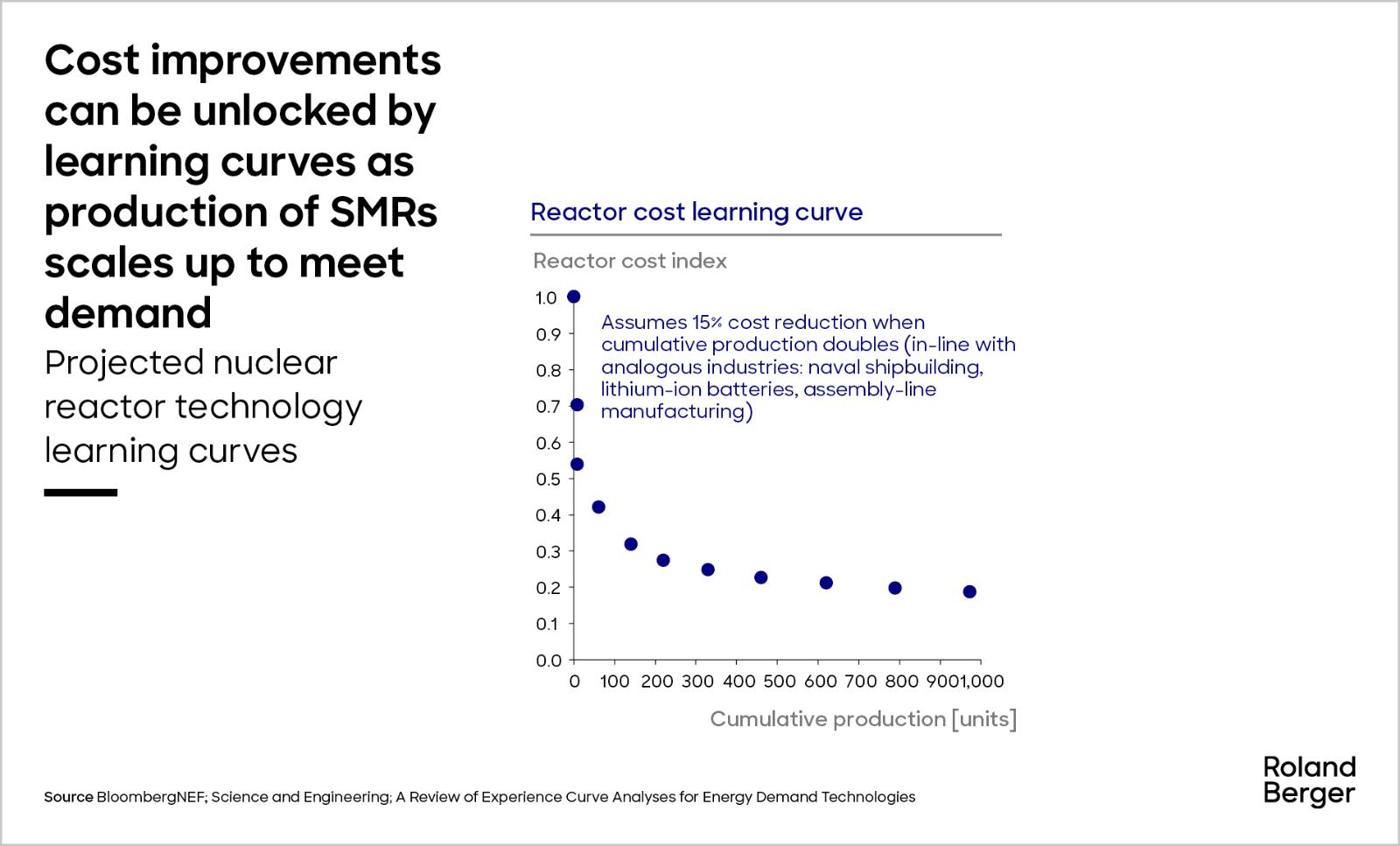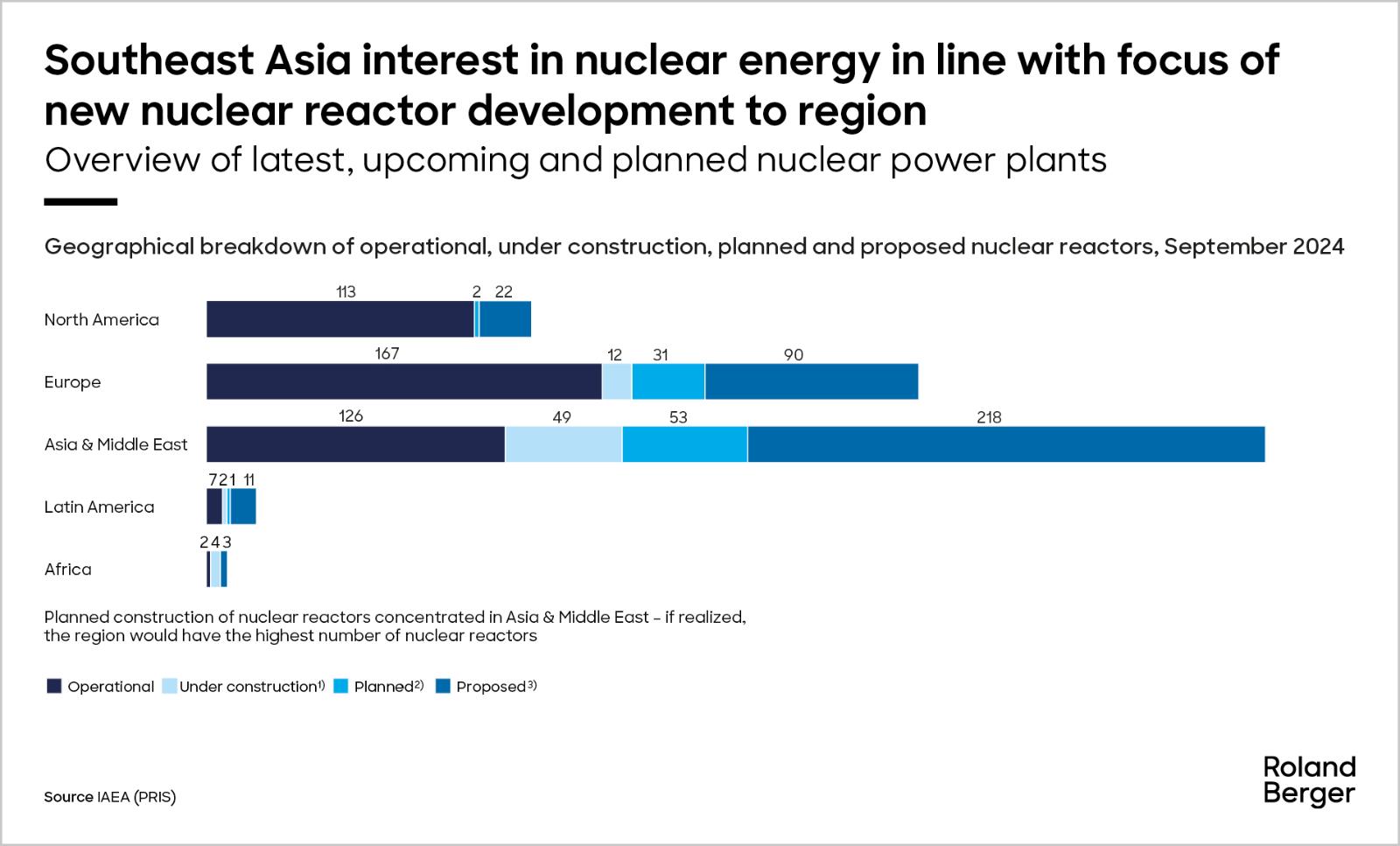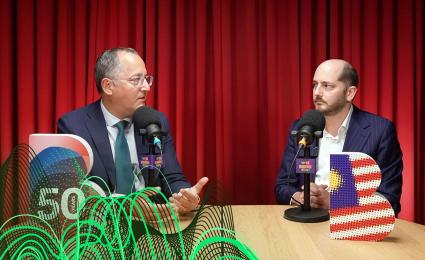Around 7% of the global cement production is from SEA, signifying the region’s importance in the global landscape. However, cement demand in the region grew at only 0.9% CAGR from 2019-2023, showcasing a stagnating market compared to ~2.3% CAGR from 2016-2019. This has led to a 50%-60% utilization level for cement plants across SEA as of 2023, revealing overcapacity in the market. What are the implications for the industry, and where does it go from here?


Empowering Indonesia’s net-zero journey
By Dieter Billen and Sayak Datta
What role could nuclear energy play in unlocking Indonesia's future potential?
Indonesia is expected to become the fourth-largest economy in the world by 2050, with rapidly growing power demand due to industrialization, electrification, and rising middle class. It has set a bold vision to achieve net-zero emissions by 2060, as outlined in its Nationally Determined Contributions (NDC). This goal is not just an environmental commitment but an opportunity to transform the nation into a global player in clean energy. As Indonesia charts its path towards a net-zero future, the time is ripe to reimagine its energy mix, and nuclear could be the game-changer that powers its rise on the global stage.
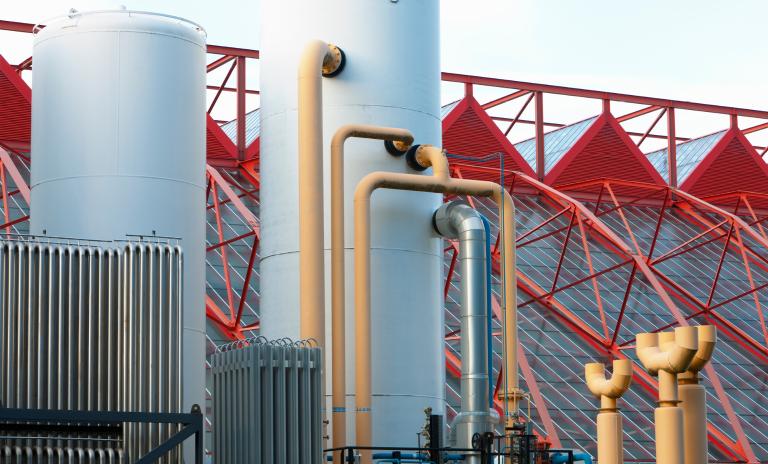
"Renewables and nuclear will both likely play a role in decarbonizing Indonesia, with nuclear potentially supporting baseload and captive power."
The power sector’s pivotal role
The energy sector contributes approximately 26% of Indonesia’s total greenhouse gas emissions, with the power generation sector responsible for 60% of that total. This makes the future of electricity generation in Indonesia crucial to achieving the country’s ambitious climate goals.
To unlock a sustainable and prosperous future, Indonesia’s power sector will need to focus on three key pillars:
1. Maximizing energy efficiency across the entire power value chain — from generation to consumption.
2. Transforming the energy mix by incorporating zero-carbon energy technologies (including nuclear, renewables), while phasing out coal.
3. Adopting carbon capture technologies to minimize emissions from fossil-fuel power plants.
Challenge of Transitioning from Fossil Fuels to Clean Energy
Indonesia's current energy landscape remains heavily dependent on fossil fuels.
Indonesia’s total on-grid power capacity of 86.8 GW consists primarily of coal, at around 50 GW (c. 58%). Within the New and Renewable Energy (NRE) segment, hydro and geothermal drive the majority of power generation, with solar and wind accounting for less than 0.5 GW combined.
The planned phase-out of coal highlights the pressing need for a more diversified energy portfolio — one that balances the needs of energy security, affordability, with sustainability. Alongside gas-based power, renewables such as hydro, geothermal, biofuels, solar, and wind will need to play a key role, combined with storage for intermittent renewable sources.
However, nuclear could also have an important role, given Indonesia's massive power and demand growth and decarbonization commitments.
Renewed interest for nuclear globally
Around the world, nuclear energy is experiencing a renaissance. Modern nuclear reactor technologies, including Generation III+, Generation IV, and Small Modular Reactors (SMRs), will transform the energy landscape with enhanced safety, greater flexibility, and reduced environmental impact.
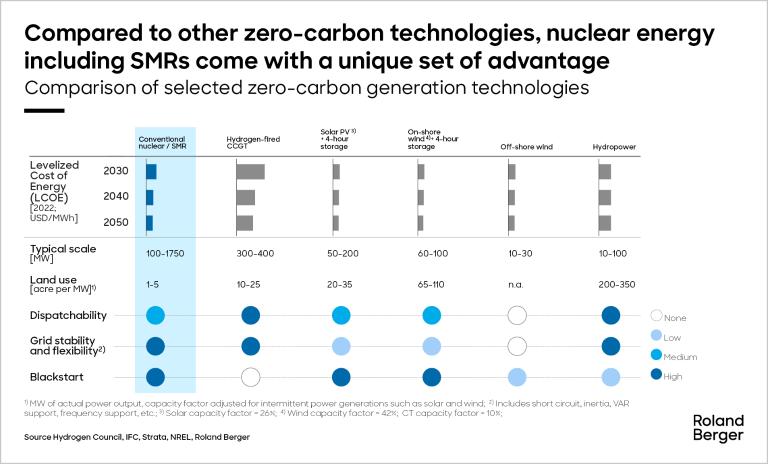
Advanced nuclear technologies come with several key advantages compared to conventional ones:
Safety
Designed to be "walk-away safe" with passive safety features that ensure the reactor shuts down automatically in emergencies, enhancing overall safety during operations.
Efficiency
With thermal efficiencies of over 40%, nuclear energy requires less fuel, reduces waste, and demands less land space.
Flexibility
The modular design approach of SMRs allows for incremental deployment, enabling the energy system to adapt to changing demand.
"For a new country to enter into nuclear power, it should consider doing so at scale. Setting up regulations, oversight, fuel supply, and waste management is more attractive for large countries with big power needs, likely making Indonesia well placed."
With the majority of existing reactors being older generation designs, the focus is now on smaller and more advanced reactors that are not only safer but also more adaptable to the needs of different countries. SMRs and Micro Modular Reactors (MMRs) are expected to become commercially available by the early 2030s.
While implementing nuclear into the generation portfolio, nations need to carefully consider multiple aspects such as safety, operational reliability (e.g., fuel supply availability), environmental aspects, and costs.
Different countries are evaluating different approaches to nuclear. Countries such as the US, China, and India are expanding their nuclear programs, while nations in the Middle East are preparing to enter the nuclear energy arena. In Southeast Asia, countries such as Thailand and Malaysia are beginning to explore nuclear as part of their clean energy transitions. Germany, on the other hand, has completed its phase-out of nuclear energy.
For Indonesia, this is a critical moment. Nuclear power represents not just an opportunity for cleaner energy, but for a more resilient, sustainable, and prosperous future.
Embracing nuclear: a catalyst for Indonesia
Nuclear energy holds immense potential to propel Indonesia toward its net-zero future while providing the country with a reliable, sustainable energy source.
As per Indonesia’s power sector roadmap, published by the Ministry of Energy and Mineral Resources (MEMR) in 2022, the country aims to reduce coal-fired power plants to 8 GW by 2050 and completely phase them out by 2057. By 2060, Indonesia aims to have a staggering 586 GW of NRE capacity, representing a 45-fold increase from current levels.
Nuclear is specifically identified as part of this future, with a target of 35 GW by 2060, although this share could be much higher, given the advantages of nuclear over both fossil fuels and intermittent renewables.
The time to act is now
As Indonesia continues its energy transition, it must seize the opportunity presented by nuclear energy. The potential for a sustainable, secure, and affordable energy future is within reach.
Indonesia stands at the cusp of a remarkable opportunity—an opportunity to redefine its energy future and lead the way toward a sustainable, clean, and prosperous nation. Nuclear energy could be a vital piece of this transformation, and the time to act is now.


